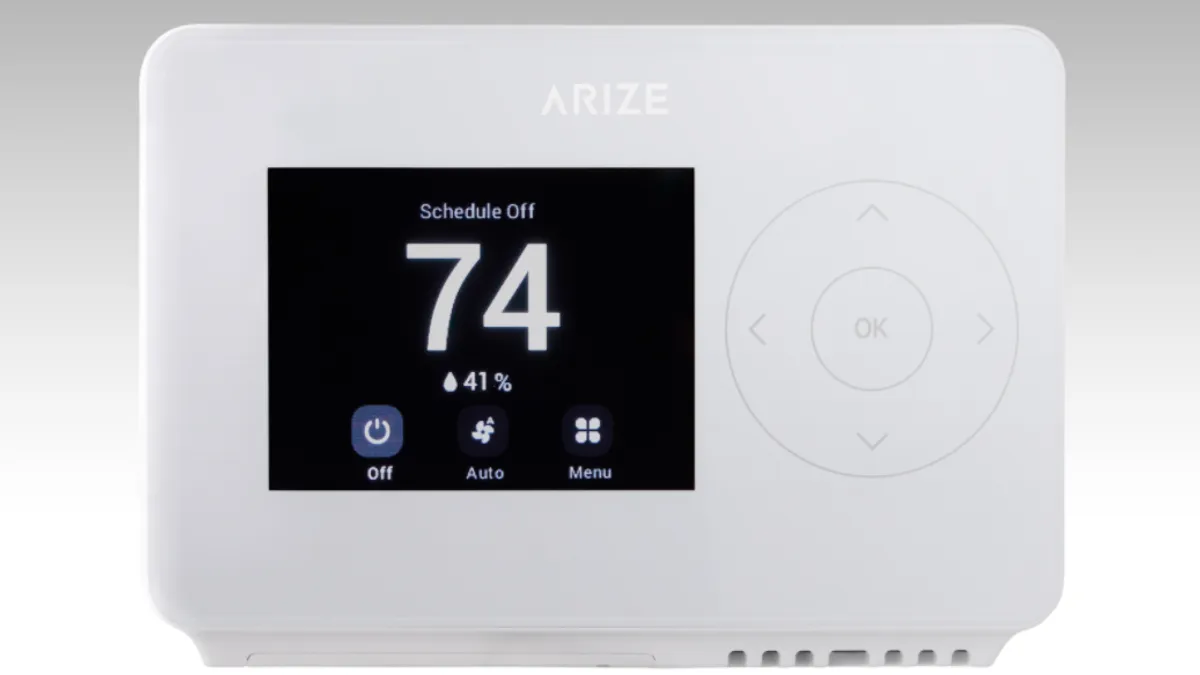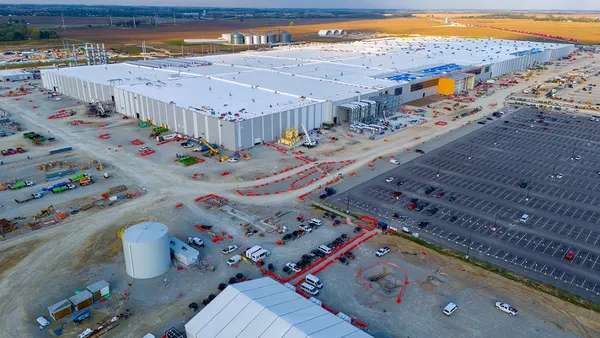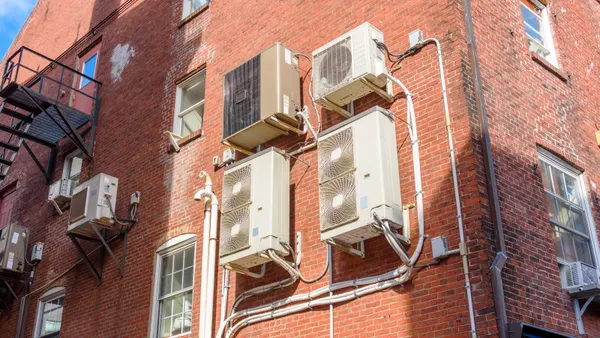Dive Brief:
- Smart thermostats can help customers lower their energy consumption but also may have “unintended consequences,” including driving higher peak electricity demand during times of low renewable energy production, according to a paper by Cornell University researchers.
- The control algorithms used in smart thermostats “can severely increase the winter peak heating demand through load synchronization,” according to the analysis. While that isn’t a big issue today, the authors said a push to electrify heating loads will make this a bigger challenge as utilities in the Northeast U.S. see growing winter peaks.
- The solution is “very aggressive” improvements in energy efficiency and building thermal envelopes in order to reduce demand, said Max Zhang, a professor at Cornell’s Sibley School of Mechanical and Aerospace Engineering and co-author of the research.
Dive Insight:
There are actually two consequences of many heat pumps turning on in the same area at the same time, but one is easy to fix, said Zhang.
“Precisely synchronized” heat pumps can cause issues for small distribution systems, he said, including Cornell’s own graduate housing complex. But the community’s energy system is managed holistically and heat pumps are programmed to come online with a randomized delay, helping to guard against large surges, he said.
The larger problem has to do with the energy being used to serve those heat pumps, and whether it is being supplied by carbon-free sources, said Zhang. As building electrification grows, the issue will become more pronounced as demand ramps occur in times when renewables, like solar, are not producing at peak and supply gaps are met with fossil fuel generation.
“I’m not saying we have this problem right now, because the penetration of heat pumps is still relatively low,” he said. “However, as we promote heating electrification this will become a challenge.”
The city of Ithaca, New York, where Cornell is located, is in the process of fully decarbonizing and plans to install heat pumps in 6,000 commercial and residential buildings. Zhang’s research started before the city approved the program, however, and utilizes a dataset of Ecobee smart thermostat owners that have opted into a “Donate-Your-Data” program.
“Unintended consequences of smart thermostats in the transition to electrified heating” will be published in Applied Energy in September.
According to the paper, the data shows an increase in both the frequency of high daily peak heating demand and an increase in overall peak demand for homes with smart thermostats.
“While previous heating demand estimates align fairly closely across methodologies and geographical regions, the smart thermostat data stands out due to its 40% increase in the daily average morning peak,” the paper said. “This morning peak is caused by heating systems recovering from automated nightly setbacks that were not accounted for in prior studies.”
“We have to find a way to aggressively insulate our buildings,” Zhang said. But there is also a larger context to the problem: power grids across the northeast U.S. which now see electricity demand peak during summer heat, will soon transition to winter-peaking systems as heat pumps are installed.
New York ISO expects to become a winter-peaking system sometime in the mid-2030s. ISO New England anticipates electricity use on the system to grow about 1.1% annually over the next decade, and last year concluded that “beyond the current 10-year planning horizon, the increased electrification needed will likely cause the region to become a winter-peaking system.”
“We don't have much time left before we have to start dealing with a winter peaking system,” said Zhang. “Building envelope efficiency improvements are no-regret actions, regardless of the supply and demand.”
CORRECTION: This story has been updated to reflect New York ISO's most recent demand projections.














